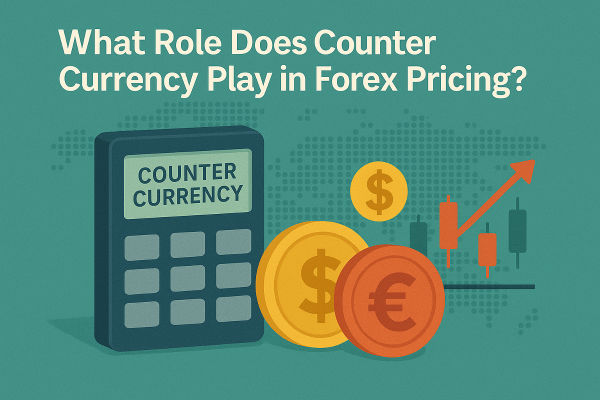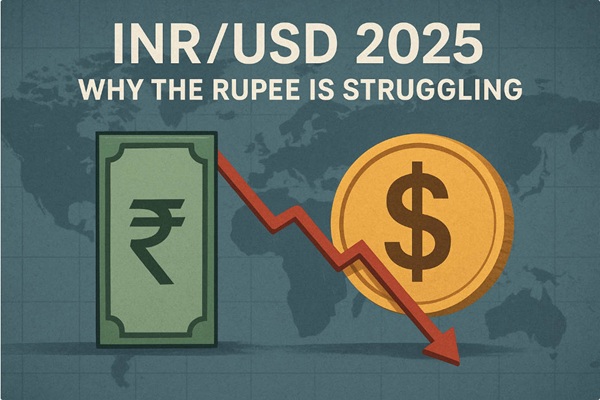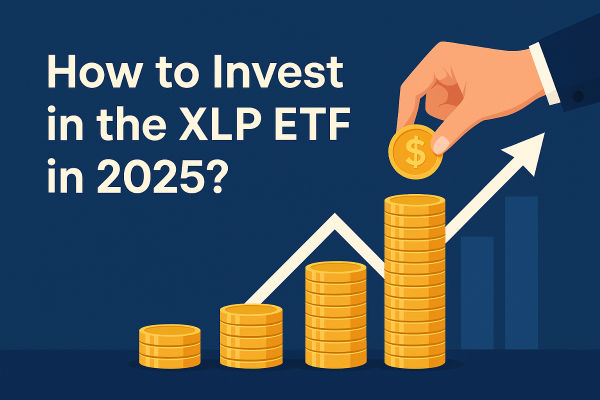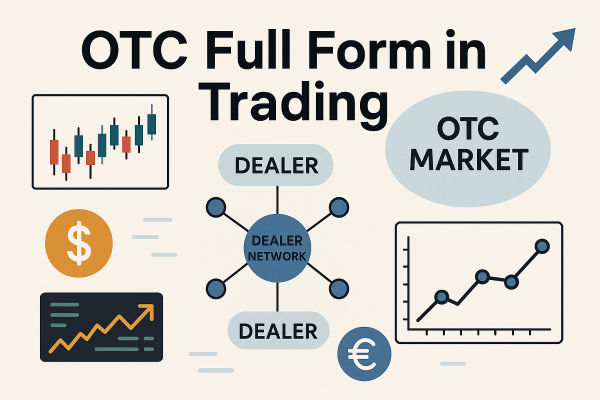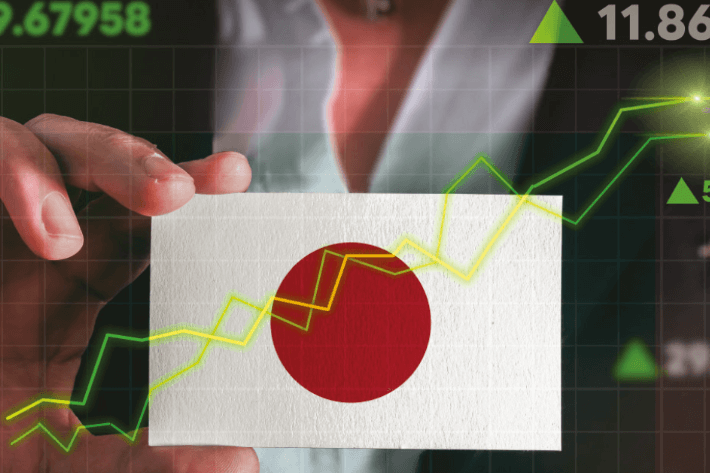Forex trading can feel like learning a new language. Each quote is a sentence, and every currency pair tells a story about value, strength, and confidence between nations. To read that story correctly, traders must understand both characters in the pair: the base currency and its counterpart—the counter currency.
The counter currency is the silent partner in every trade, quietly determining how much one unit of the base currency is worth. For anyone learning to trade or interpret the forex market, understanding the counter currency is fundamental. Without it, traders can easily misread price moves, profits, and even risk exposure. Let’s explore how this works in real life, and why it plays such an important role in forex pricing.
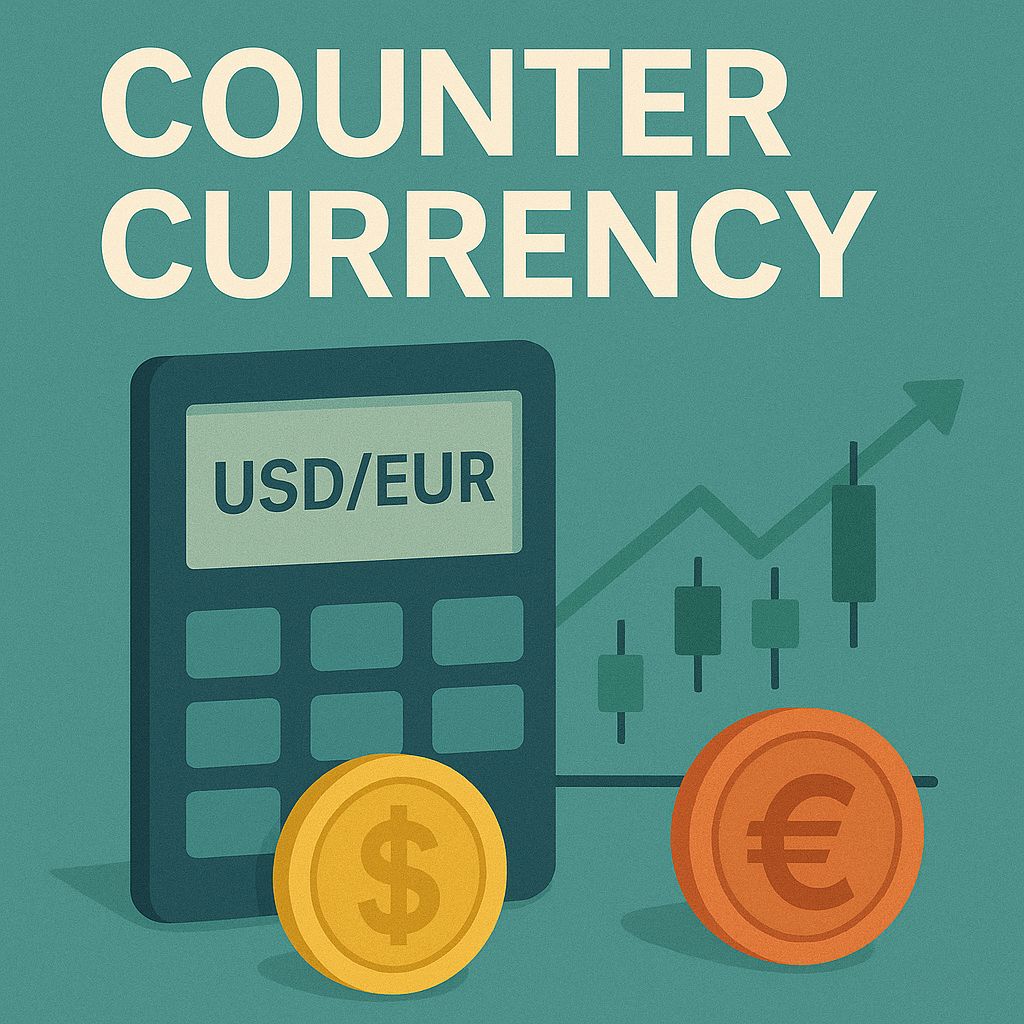
What Is a Counter Currency?
In forex trading, currencies are quoted in pairs because each transaction involves buying one currency while selling another. The first currency listed is called the base currency, and the second is the counter currency (sometimes called the quote currency).
If EUR/USD equals 1.10, that means one euro (the base) is worth 1.10 US dollars (the counter). Every exchange rate is expressed in terms of how much of the counter currency is needed to buy one unit of the base. In this case, the counter currency, the dollar, measures the value of the euro.
The counter currency provides context. Without it, there is no way to determine whether one currency is gaining or losing value. For example, EUR/USD rising from 1.10 to 1.12 means the euro has strengthened relative to the dollar. But USD/JPY rising from 150.00 to 151.00 means the dollar has strengthened and the yen has weakened. The counter currency tells you which direction the relationship moves.
How Counter Currency Works in Forex Pricing
Exchange rates always tell you how much of the counter currency you need to buy one unit of the base. If GBP/USD is quoted at 1.2500, you need 1.25 US dollars to buy one British pound. If the quote moves to 1.2600, the pound has appreciated, because it now costs more dollars to buy the same pound.
When traders see a forex quote, both the bid and ask prices are shown in the counter currency. The bid represents how much of the counter currency a buyer is willing to pay, while the ask is what a seller is asking for. The spread—the difference between the two—also exists in counter currency terms.
This structure is consistent across all forex pairs, whether you are trading major pairs like EUR/USD, minor pairs like GBP/JPY, or exotics such as USD/TRY.
Real-Life Examples in Forex Trading
To see how this works in practice, let’s look at a few examples:
Example 1: EUR/USD
If EUR/USD = 1.10, that means 1 euro equals 1.10 US dollars. When the rate rises to 1.12, the euro gains strength because more dollars are needed to buy one euro. When it falls to 1.08, the euro weakens relative to the dollar.
Example 2: USD/JPY
If USD/JPY = 150.00, it means 1 US dollar equals 150 Japanese yen. If it climbs to 151.00, the dollar has strengthened, because it now buys more yen. In this pair, the yen is the counter currency, so when the number goes up, the yen is weakening.
Example 3: GBP/CHF
If GBP/CHF = 1.1350, one British pound equals 1.1350 Swiss francs. When that rate rises, the pound appreciates; when it falls, the franc gains strength.
Different countries quote pairs differently, but the counter currency always serves the same role: it provides the “price tag” for one unit of the base currency.
How Counter Currency Affects Profit and Loss
In forex trading, profits and losses are calculated in the counter currency because all price changes occur in those terms. For instance, if you buy EUR/USD at 1.1000 and sell at 1.1200, your profit per unit is measured in USD—the counter currency.
Suppose you buy one standard lot (100,000 EUR) at 1.1000. When you close at 1.1200, you’ve gained 200 pips. Each pip is worth 10 USD in this pair, so your profit equals 2,000 USD. If your trading account is denominated in GBP, your platform automatically converts that profit into pounds at the prevailing exchange rate.
Understanding which currency is the counter helps you estimate your potential return or loss before placing a trade, making it a core part of proper risk management.
Counter Currency in Cross Pairs
Most traders start with pairs that include the US dollar, but many instruments—known as cross pairs—exclude it. Examples include EUR/JPY, GBP/AUD, and NZD/CAD. In these cases, neither currency is the dollar, so the exchange rate is derived using USD as an intermediary.
For example, to find EUR/JPY, brokers calculate it from EUR/USD and USD/JPY quotes.
If EUR/USD = 1.10 and USD/JPY = 150.00, then EUR/JPY ≈ 1.10 × 150.00 = 165.00.
Here, JPY is the counter currency. This method, called triangulation, ensures consistency across all forex pairs globally.
Because cross pairs skip the US dollar, they often show different volatility and liquidity characteristics. Traders should be aware that the counter currency’s movement can magnify or reduce the overall pair’s volatility.
The Importance of Counter Currency in Market Psychology
Counter currencies play a major role in global sentiment. When investors flock to safety, currencies like the US dollar, Swiss franc, or Japanese yen often strengthen as counter currencies in major pairs. When risk appetite returns, higher-yielding currencies like the Australian or New Zealand dollar may outperform.
In 2025, for example, the USD remains a dominant counter currency due to high interest rate differentials and strong US economic growth. The Federal Reserve’s policy decisions and inflation outlook often cause large swings in USD-based pairs like EUR/USD and GBP/USD. Traders who understand the counter currency’s global role can anticipate how policy shifts and data releases might influence pricing trends.
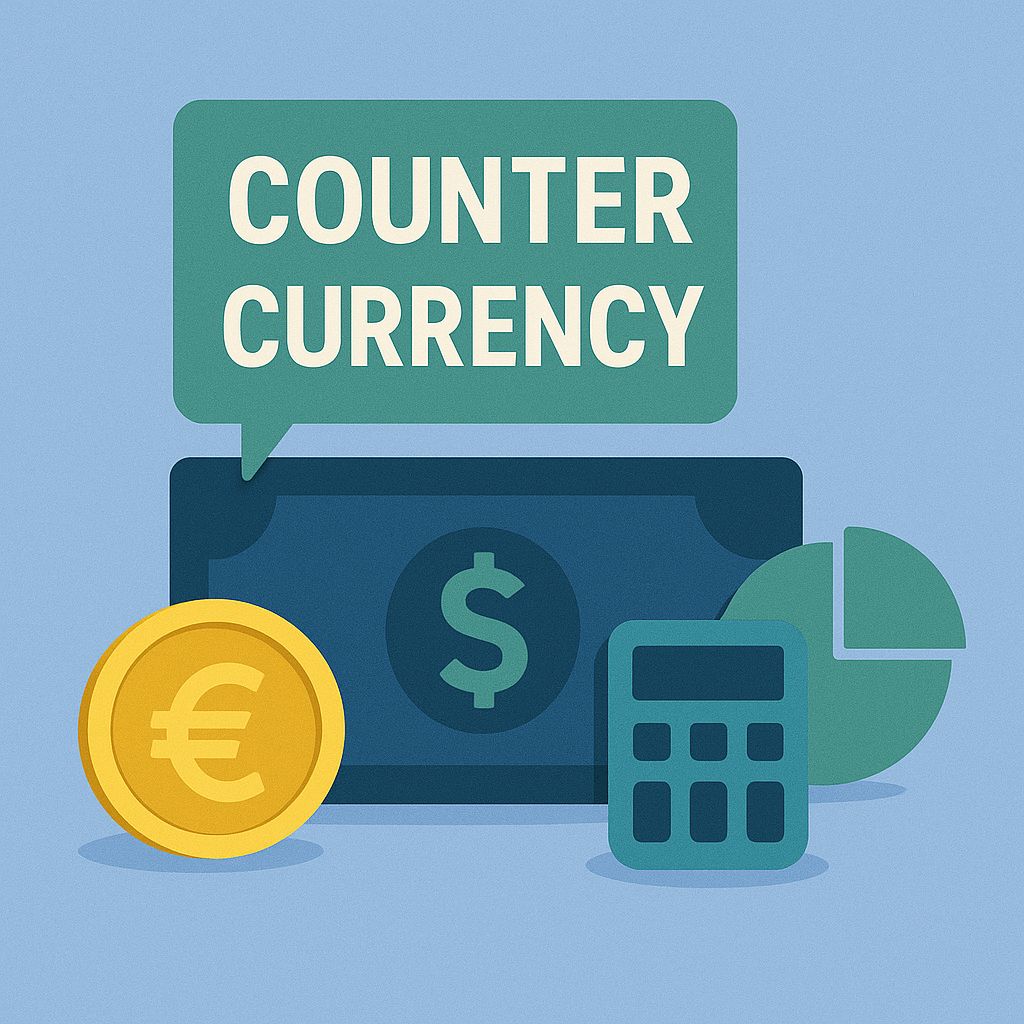
FAQs About Counter Currency
Q1. What is the difference between base and counter currency?
The base currency is the first in the pair, and the counter currency is the second. The exchange rate shows how much of the counter currency is needed to buy one unit of the base.
Q2. Why does the counter currency matter in forex trading?
It determines the way exchange rates are quoted and how profits and losses are calculated. Without knowing which is which, traders could easily misinterpret price moves.
Q3. Is the counter currency always the US dollar?
No. While the dollar is the most common counter currency, pairs like EUR/JPY or GBP/AUD show that other currencies can also play that role depending on the quote.
The Big Picture
The counter currency gives traders perspective. It completes the price relationship that defines every forex pair. Understanding how it works helps traders interpret movements accurately, calculate profits clearly, and react appropriately to macroeconomic events.
Whether you are trading major, minor, or cross pairs, always identify which currency is the counter before analysing price action. This habit ensures you understand whether a rising exchange rate means the base is strengthening or the counter is weakening. In a market that moves trillions of dollars daily, that clarity is invaluable.
Mini Glossary
Base Currency: The first currency in a forex pair, representing what you are buying or selling.
Counter Currency: The second currency in the pair, used to quote the value of the base.
Exchange Rate: The price showing how much one currency is worth in terms of another.
Pip: The smallest unit of price movement in a forex quote.
Disclaimer: This material is for general information purposes only and is not intended as (and should not be considered to be) financial, investment or other advice on which reliance should be placed. No opinion given in the material constitutes a recommendation by EBC or the author that any particular investment, security, transaction or investment strategy is suitable for any specific person.
